Components designed for use in space face a unique set of challenges due to the harsh environment, extreme conditions, and the need for high reliability. Just a few of the key challenges for components include:
Temperature extremes - The temperature in space can vary drastically, from extremely cold to scorching hot, depending on whether an object is in direct sunlight or shadow. Components must be able to withstand these temperature fluctuations without malfunctioning.
Vacuum conditions - Space is a near-vacuum environment, which can lead to issues like outgassing where trapped gases within materials are released due to the vacuum conditions. Outgassing can contaminate sensitive components and optical surfaces.
Micrometeoroid and debris impact - Even small particles traveling at high velocities in space can pose a significant threat to components. Shielding or protective measures are often necessary to prevent damage from micrometeoroid impacts.
Limited access for maintenance - Unlike terrestrial environments where components can be easily repaired or replaced, space systems are often far from Earth and difficult to access for maintenance or repairs. Components must be designed to operate for extended periods without needing frequent servicing.
Vibration and mechanical stress - Launching and manoeuvring spacecraft can subject components to intense vibrations and mechanical stresses. Components need to be structurally robust to withstand these forces.
Longevity - Space missions can last for years or even decades. Components must be designed to have a long operational life, which can be a challenge considering the harsh conditions they face.
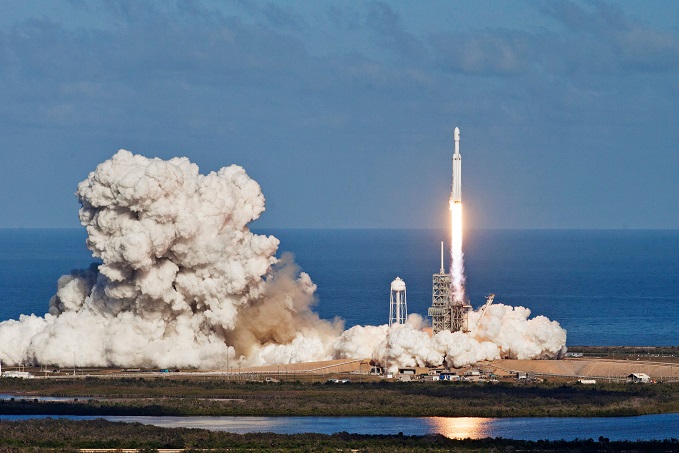
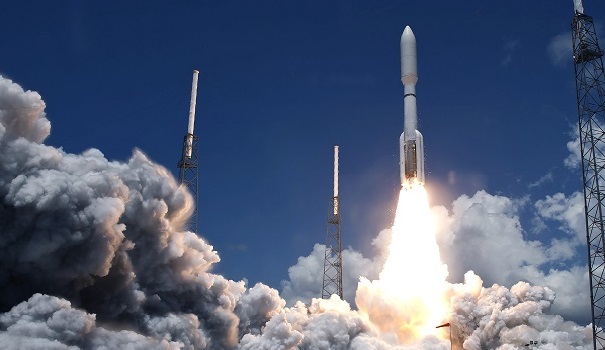
Overall, designing components for space requires a deep understanding of the unique challenges posed by the environment and a strong focus on reliability, durability, and adaptability to ensure successful operation in the extreme conditions of space.
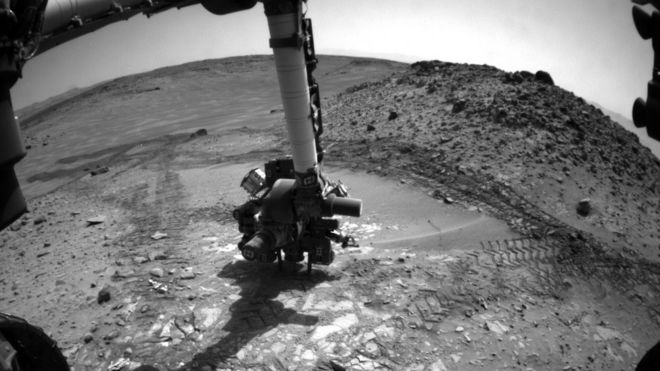
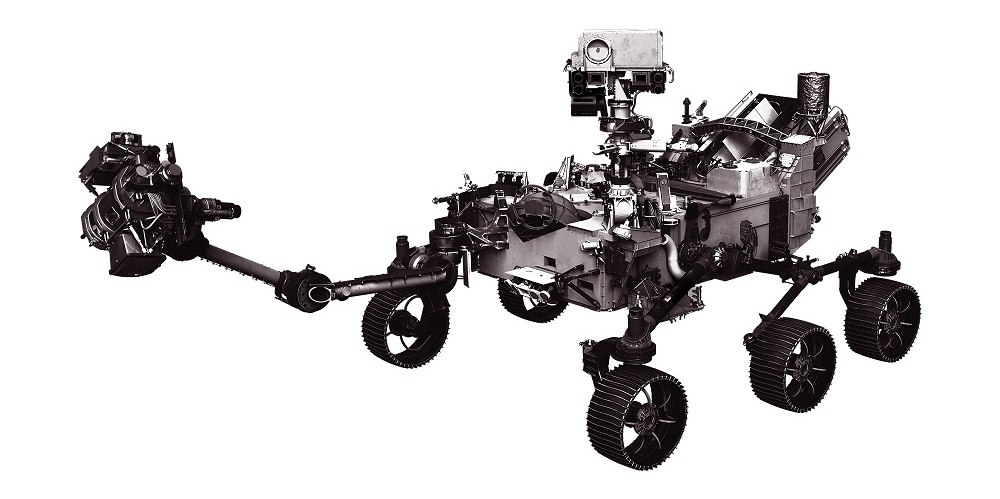
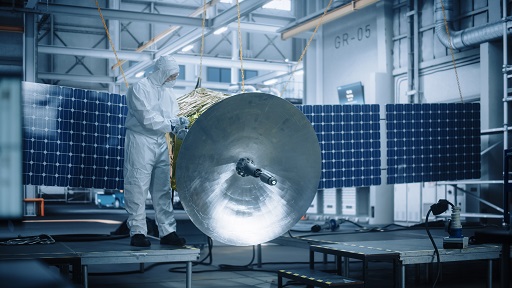
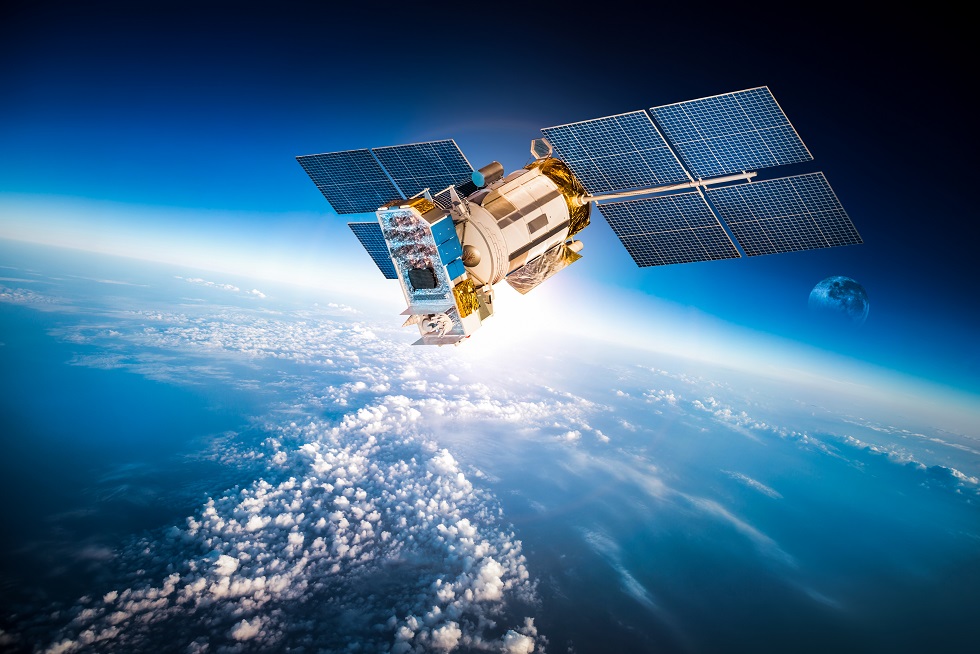
In conclusion…
Wet blasting delivers the high quality, meticulous finishing that is so essential for all components exposed to the harsh conditions of space. The versatility of wet blasting lends itself well to the complexity and variability of components typically required.